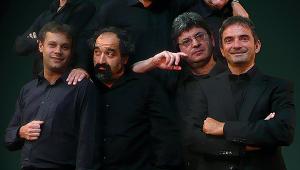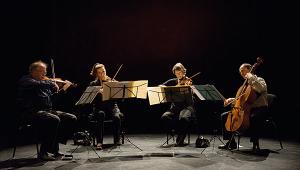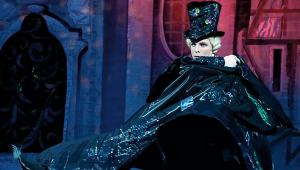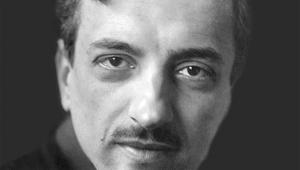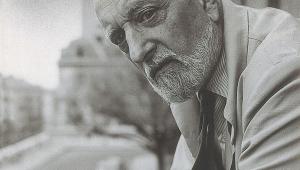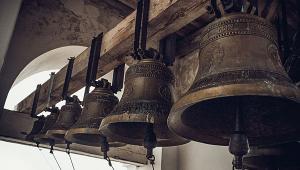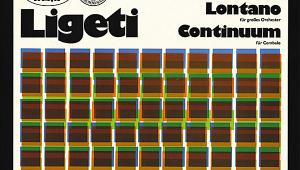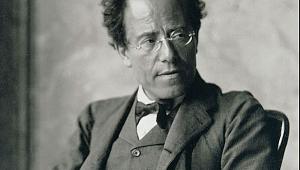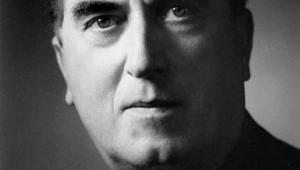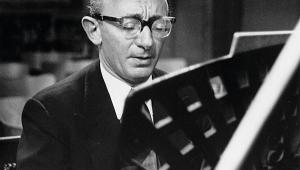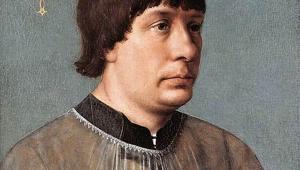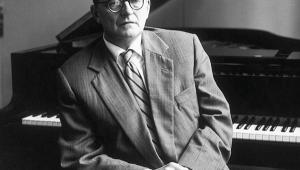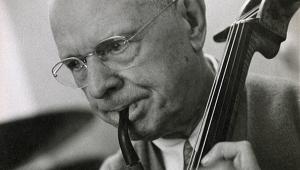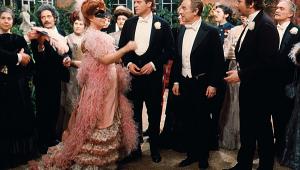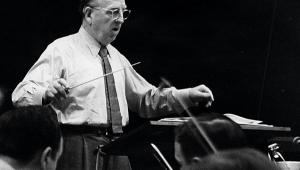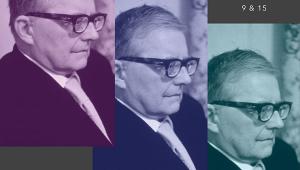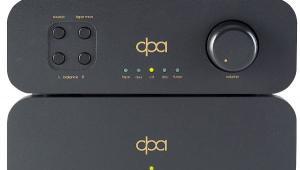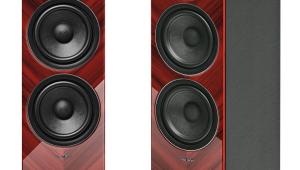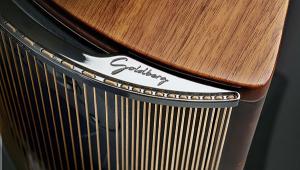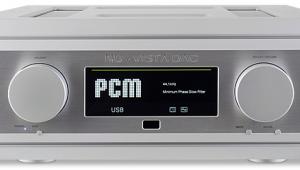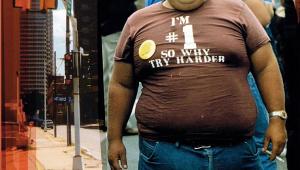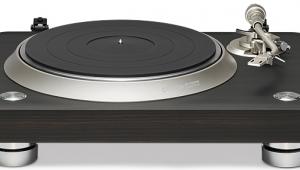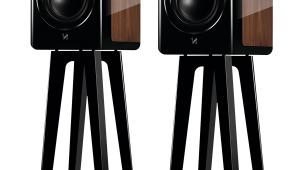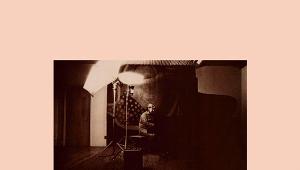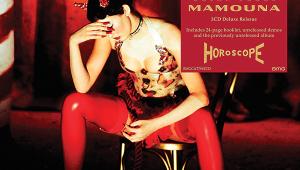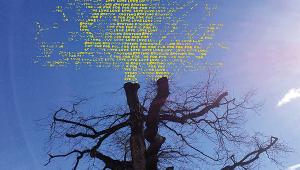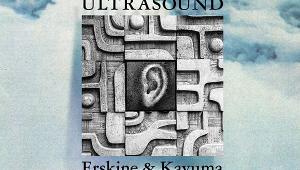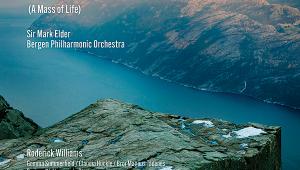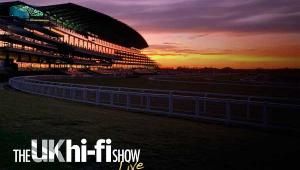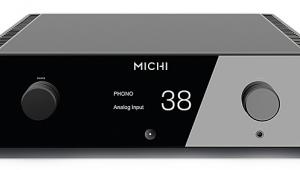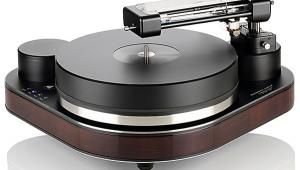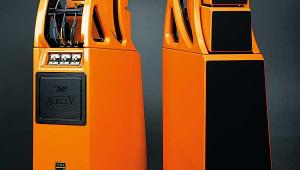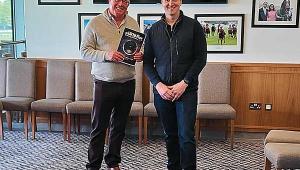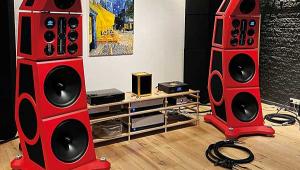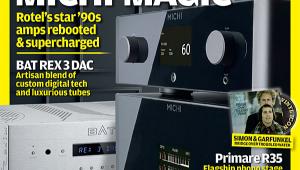Olivier Messiaen: Vingt regards sur l'enfant Jésus
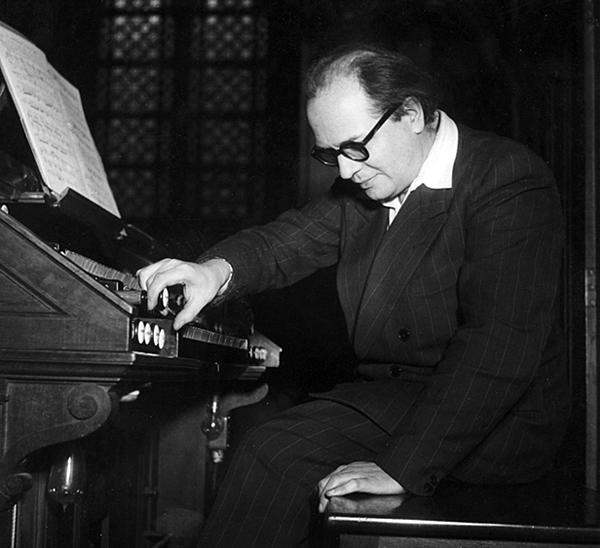
In the summer of 1944, the head of music at French radio asked the 35-year-old Olivier Messiaen, and the Catholic writer Maurice Toesca, for a reflection on the Nativity in words and music, to be broadcast over the Christmas season. Beyond its title, there is nothing very Christmassy about the piano cycle that became Vingt Regards, which may be why Messiaen's contribution was eventually shelved.
Fast And Loose
Indeed, Christmas carols, hymns and even plainchant are notable by their absence from a score which incorporates elements as diverse as Debussy and Liszt, birdsong and Bali, intricate numerology and musical theology, rococo intimacy and Gothic amplitude of scale. For the single most decisive influence on the score, however, we might look to the 21-year-old pianist who gave the premiere of the completed cycle in March 1945, Yvonne Loriod.
Messiaen was married to the poet Claire Delbos, whose poor and worsening mental health isolated her from her husband and son. Meanwhile, Loriod had entered the Paris Conservatoire as a prodigiously gifted teenage pianist, and joined Messiaen's composition class after she had played some of his early Préludes to him. Her talents, perhaps her beauty too, acted powerfully on his imagination. The score of Vingt Regards is dedicated to her, and for all its religious overtones, is a sublimated love-letter.
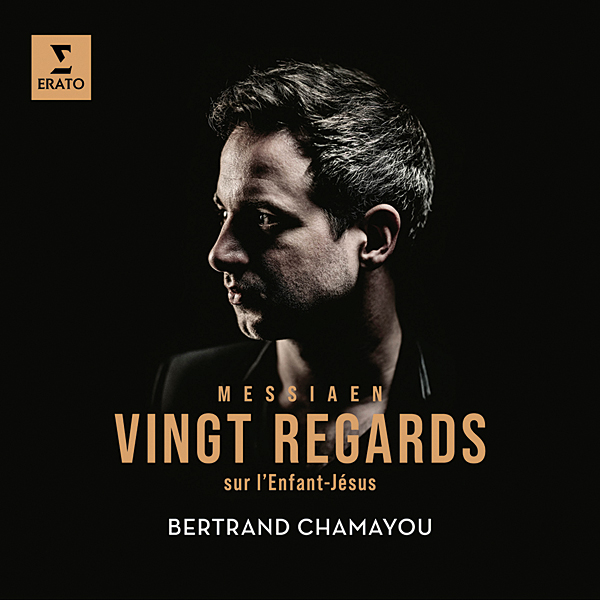
Any survey of Vingt Regards on record must begin with Loriod. She made two studio versions, for Vega in 1956 and Erato in 1974. Like Pears singing Britten or Bernac singing Poulenc, her interpretations bring not only the score but the composer's innermost thoughts to life. Messiaen consulted her on technical matters of tempi and fingering, but she could, and did, sometimes play fast (literally) and loose with his markings.
The opening 'Regard du Père' lays out the 'theme of chords' which recurs throughout the cycle and crowns its conclusion in splendour. Most pianists give it around eight minutes, following the metronome mark, setting a solemn and devotional mood from the outset. Loriod plays it in five – almost twice the speed – but there is no undue haste. Instead, her mastery of 'jeu perlé' – a particular, French tone-palette of colours at the piano – combines with her feeling for the spirit behind the notes to impart a cool, relaxed sensuality.
Multiple Meanings
Loriod reminds us that this is not old man's music. By Messiaen's own account, she 'transformed not only the composer's way of writing of the piano, but his style, vision of the world, and modes of thought'. As pupils of Loriod (and disciples of Messiaen), Roger Muraro and Pierre-Laurent Aimard follow her lead. They encompass the volcanic creation-myth No 5 as if in a single phrase. They do not linger sentimentally on the two slow movements which cause the cycle's second half to unwind on an ever more metaphysical scale. Contrast Aimard's flowing cantabile in the most famous Regard of all, the 'Baiser' (Kiss) of No 15, with the stupor of Anton Batagov, at 10m 08s to 18m 10s.
All the same, a more patient approach has the virtue of drawing the listener into an essentially prayerful experience which is true to the nature of the cycle. Within the title lies an untranslatably rich seam of meaning. These are 'gazes upon' the Christ Child in a literal sense – the head of the Virgin gently inclined to one side, for instance, as she looks down on her son in her arms in No 4 – but also 'contemplations of' on the part of composer, performer and listener.
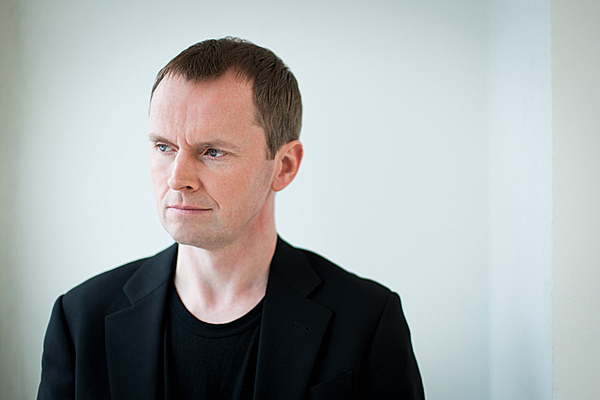
In this regard (pun not intended, but let it stand) Håkon Austbø (Naxos) and Kristoffer Hyldig (OUR Recordings) both draw out the heavy weight of the Cross in No 7 where Steven Osborne's approach is much less oppressively monumental. Austbø suspends time with beautifully weighted contrasts between chorale and birdsong in 'The First Communion of the Virgin' (No 11, introducing the cycle's second half). Hyldig also has the advantage of top-range DSD engineering which ideally captures every shade of dynamic within the airy space of a Copenhagen church.
In the Vingt Regards, recorded sound is critical. The narrative pulse of Loriod's Vega set is sustained by a relatively close distance between piano and microphone. The many insights of Peter Serkin (RCA/Sony) are compromised by a bone-dry acoustic, and Pi-Hsien Chen (Gramola) likewise suffers from cramped, boxy sound. Alongside Hyldig, Bertrand Chamayou [see Essential Recordings boxout, below right] enjoys the highest-fidelity engineering, and I find his touch more sensuous and painterly.
Messiaen claimed to have no interest in jazz, which may or may not be true and was even more pathologically secretive about his methods than most composers. The notes, and in particular the rhythms, tell a different story. The tumultuous finale to the cycle's first half opens with a pounding ostinato in Bartókian Allegro Barbaro style before breaking into Fats Waller. The pianists who not only get the idea but have the chops to make it all swing are Steven Osborne and Joanna MacGregor.
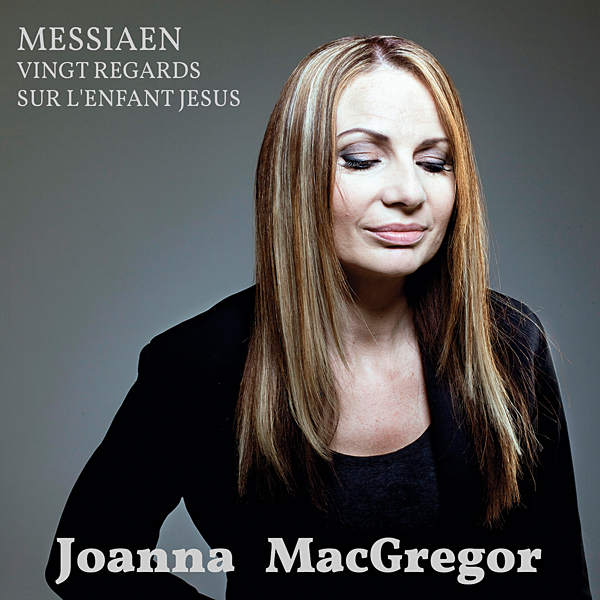
Among classic analogue interpretations, I find Michel Béroff takes cool French chic to an extreme: the quickest 'Baiser' on record, and quick movements too strongly flavoured with the percussive élan of his Bartok and Prokofiev albums. John Ogdon's version (Decca) is again more characteristic of him than the diversity of the cycle. Intensely serious, and emphatically contrapuntal, it's more like an illustrated analysis than the potently spontaneous experience which he could create in a live context.
Mighty Crescendo
For a left-field Vingt Regards, don't overlook the Brazilian pianist Jocy de Oliveira, recorded by Vox in the '70s, reissued on Naxos. The piano itself sounds in need of some TLC, but her vision is mercurially compelling, fired by an Argerich-like pin-point technique of articulation. In the end, though, I return to Loriod. She carries off the Lisztian bravura of Nos 6 and 10 as spectacularly as anyone. She understands the kind of mystical communion Messiaen had in mind with the mighty crescendo of No 3, 'L'echange', and builds the climactic No 20 without wringing it out.
And in up-to-date sound, I would not be without Joanna MacGregor, partly for the sentimental pleasure of remembering her traversals in concert during the 1990s. She has the measure of the cycle's astonishing diversity, which assures its place as both a 20th century piano classic and one of Messiaen's most enduringly popular works.
Essential Recordings
Yvonne Loriod
Vega/Decca 4817069 (13CDs)
Drier sound than the later Erato version, and in a hard-to-find box of Loriod's Vega albums, but worth it for her virtuosity at full spate.
Joanna MacGregor
Sound Circus 2564 68393-2 (4CDs)
Again hard to find but closer than most to emulating Loriod's impetousity, slightly compromised by the over-resonant acoustic.
Steven Osborne
Hyperion CDA67351-2 (2CDs)
Like MacGregor, especially strong on holding the disparate strains of influence in balance, and bringing live tension to the studio.
Bertrand Chamayou
Erato/Warner 9029619666
Vivid engineering and full-throttle playing which brings out the Lisztian character of the cycle as well as its jazz elements.
Pierre-Laurent Aimard
Teldec/Warner 3984268682 (2CDs)
Aimard grasps the cycle in the round, illuminating the motivic links and holding a strong pulse even in the stickier slow pieces.
Jean-Rodolphe Kars
Piano Classics PCL10134 (2CDs)
A collectors' choice, inflected with a special, devotional character stemming from shared faith and study with the composer.
